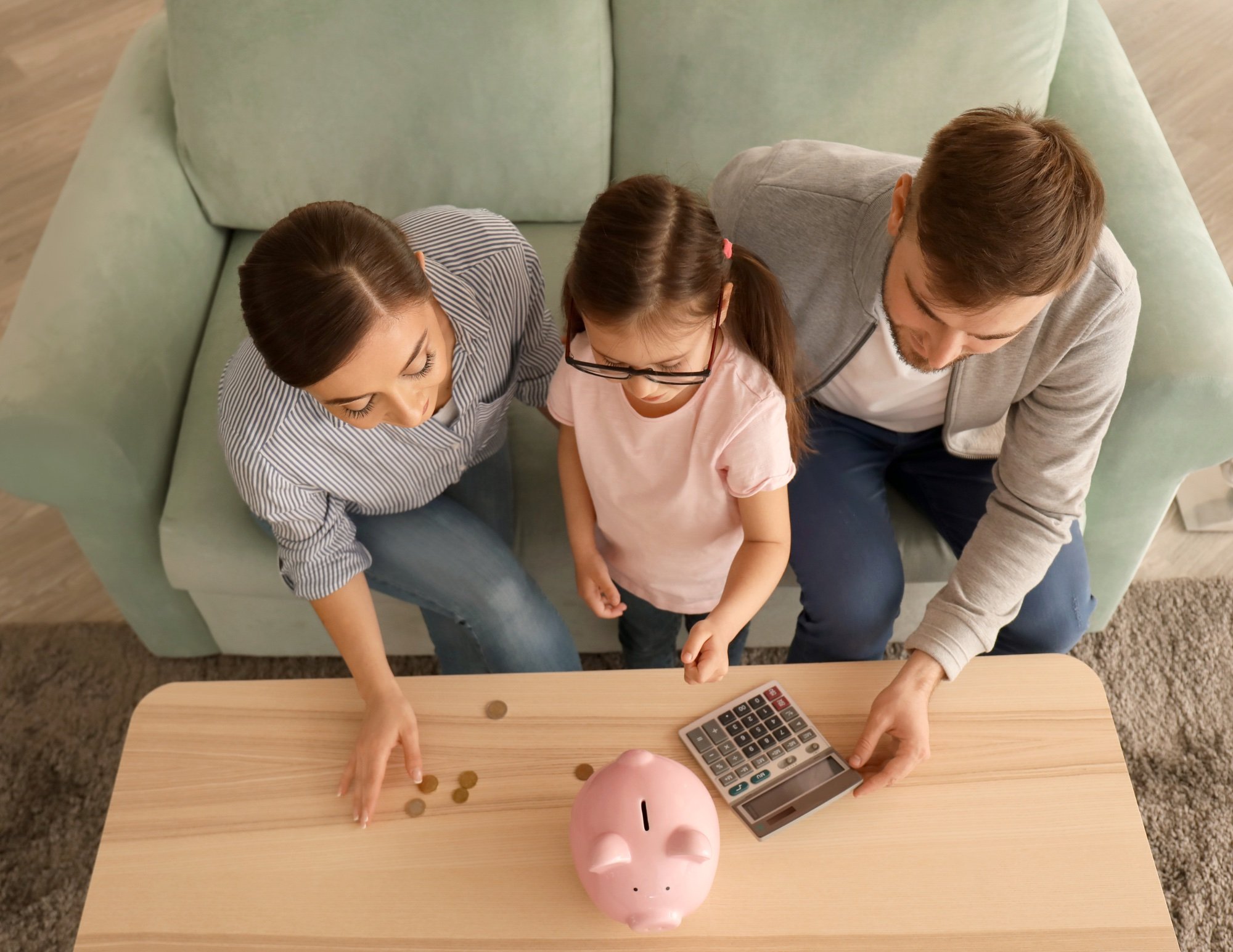Summer has arrived in Phoenix, and kids across the valley are ready for all the fun that comes with a break from the school-year routine. While a chance to reset and reconnect is essential, parents and educators know how critical it is to balance a well-deserved break with opportunities that nurture and sustain their learning from the past year.
The "summer slide" is a real concern for many families, but keeping their academic skills fresh doesn't have to involve mind-numbing flashcards and boring drills. There are countless exciting and engaging ways to reinforce reading, writing, and math skills, so students of all ages can jump back into school feeling confident, not burnt out. If nurturing those executive function skills is also on your radar, there are ways to make that a part of the summer fun as well.
READING: FOR THE LOVE, NOT THE REPORT!
Summer is the perfect time of year to foster a love of reading without any assigned pages or book reports. Even the most reading-resistant kid can get excited! Here are some quick ways to embed reading into your family’s ‘vacation mode’:
Library Adventures (and not just for books!): Our local Phoenix libraries are treasure troves of free programs, story times, and summer reading challenges. Let your child choose any book, comic book, or magazine that captures their interest - no judgment. The goal is to get them reading something that they chose for themselves.
Audiobooks on the Go: Whether it’s for long car rides, hanging out by the pool, or even during quiet playtime or bedtime, audiobooks are a fantastic way to make reading a natural part of your child’s day. They effortlessly expose kids to new vocabulary and share stories without the visual strain.
Family Read-Alouds: Children of all ages - even teens - generally love being read to. Try taking turns reading chapters from a longer book, or explore a collection of short stories or poetry together. Even better, talk about what you read during and after reading; these conversations help strengthen comprehension and create shared experiences.
Real-World Reading: Point out signs, browse recipe books, or ask your child to read the instructions for a new board game. By taking advantage of the ways that reading naturally occurs in the world around them, they discover that reading is a valuable life skill, not just a school subject.
WRITING: FOR CREATIVITY, NOT AN ESSAY!
Writing doesn't have to mean academic essays and formal assessments. Even if your child says they ‘hate writing’ during the school year, summer opens the door to rekindling their enthusiasm. Here are a few to get you started:
Summer Journaling: Give your child a fun notebook and encourage them to jot down their daily adventures, thoughts, or observations. No pressure for perfect grammar – just get those ideas flowing!
Creative Story Tellers: This can be prompted (with numerous story-starter ideas available online) or given free rein - simply provide a notebook with space for pictures and written text, and see where their imagination takes them.
Recipe Writers: Have them help you write down a family recipe, or even create their own silly concoction. This can help enhance math skills while navigating measurements as an added bonus.
Thank You Notes: There are so many benefits to practicing gratitude, penmanship, and writing skills in one go! If your child is an artist, have them create a drawing as an accompaniment to their written expressions of appreciation.
MATH: FOR REAL LIFE, NOT THE TEST!
Math is everywhere, and summer is the perfect time to highlight its practical applications. This is especially true if you can connect math and play as the powerhouse couple they are!
Cooking and Baking: Measuring ingredients is a fantastic way to practice fractions and understanding quantities. Doubling a recipe? That's multiplication!
Shopping and Money: Encouraging math skills through money is a highly effective way to connect their learning to the world around them. Have your child help with the grocery budget, calculate discounts, or figure out the change you should receive.
Board Games & Card Games: Many classic games like Monopoly, Uno, or even simple dice games involve counting, strategy, and basic arithmetic.
Time Teller: Help them keep track of time for activities, calculate how long until dinner, or understand schedules.
Sports Statistics: If your child loves sports, explore batting averages, points per game, or other fun stats.
The goal of summer learning isn’t to ‘school’ children during their much-needed time away - it’s to keep their curiosity, critical thinking skills, and thinking brains active and engaged. The more natural and enjoyable these experiences are, the better!
This fun and low-pressure approach reinforces essential reading, writing, and math skills while also encouraging a positive attitude towards learning. If you ever feel like your child could use a little extra support or a more structured approach to maintaining those executive function skills, Peak Academics is always here to help.
Written by Brandi R.








